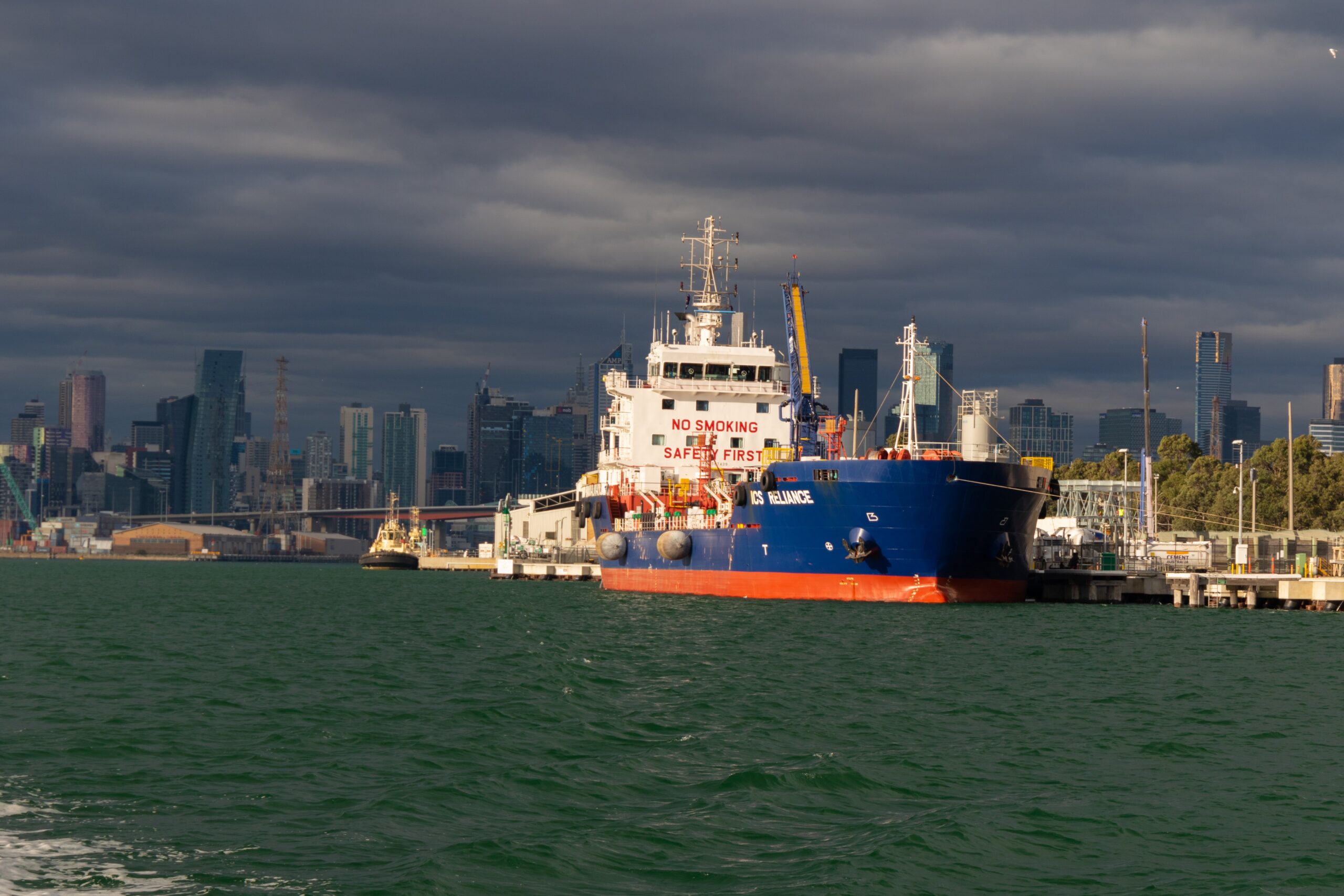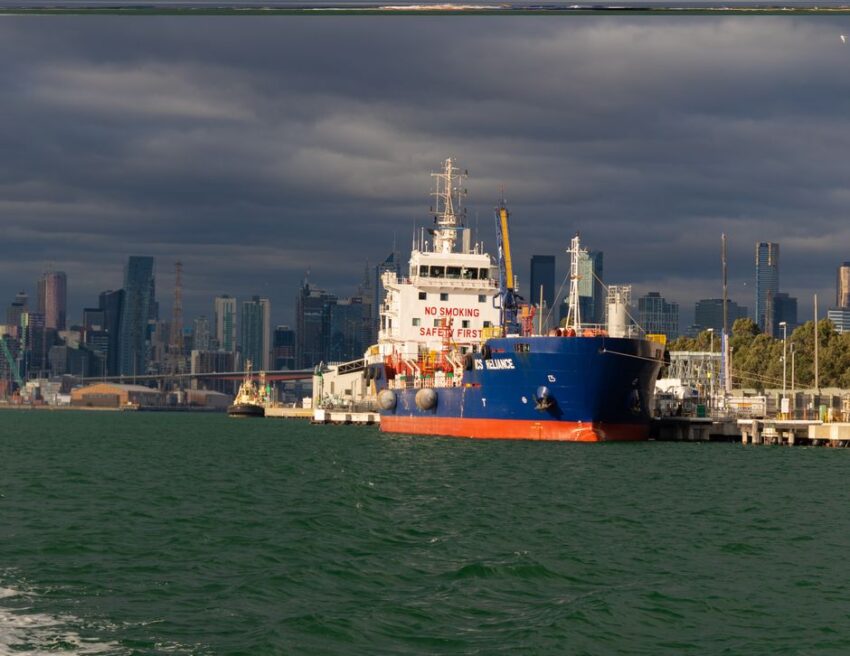With container shipping being responsible for moving around 90% of international commodities, the ocean freight industry plays a major role in sustaining the modern economy. However, ever since the pandemic we can see a sharp rise in sea freight rates due to several factors like container shortage, equipment shortage, labour shortage, port congestion, etc. In this context, independent freight forwarders like you need to have a proper understanding of sea freight rates and the several external factors that control them. Today we are publishing an informative post where we have discussed all the important factors that control the rates in the container shipping industry.

Factors controlling the prices in the container shipping industry
-
General Rate Increase (GRI)
The GRI is basically the adjustment of sea freight shipping rates by the carriers. The carriers implement it to recover from the low market demands. The container shipping sector is a complicated one where the carriers often compete to offer the best prices. Therefore, when one shipping line decides on reducing the rate, often others follow suit. This trend carries on until a rock bottom price is reached and the carriers decide to raise the rates again. This is precisely where GRI comes to the picture. The pre-pandemic times when the market was stable GRI was applied just once a year. However, since 2020 GRI impacted imports from the countries in the far east.
-
Season
The container shipping rates also depend on the season when you are moving the goods. Depending on the season, you’d need to pay different rates. For instance, during the high season when there’s a tremendous demand for sea freight services, the prices tend to be high. Generally, the peak season runs from July to December. This is the time when manufacturers and exporters/importers start shipping goods to meet the demands of the holiday season. This is the time when the carriers raise the rates as a response to the increased demand.
Additionally, the weeks preceding the Chinese New Year year have also come up as a peak shipping season. During this period manufacturers in the world’s second largest exporting nation rush to move their products. This results in a surge in demand for space as well as freight charges.
-
Trucking crisis
The shortage of truck drivers has become a persistent problem in many parts of the globe. This problem has become all the more pronounced since the pandemic. In the USA, the drivers’ shortage has taken the form of a supply chain crisis resulting in empty shelves in the supermarket. The road transportation challenges have a direct consequence on the container shipping industry. Sea freight rates go up as a market response to the trucking shortage. Simply put, as an independent freight forwarder, you need to pay a higher rate to get a trucker to move your shipments to/from the ports. This naturally hikes up the overall shipping costs.
-
Container availability
Container availability is an important factor affecting ocean freight rates. During the peak of the pandemic, the shipping rates were exorbitant because of the unavailability of containers. Moreover, as the shipper, if you don’t have enough cargo to fill an entire container, you will end up paying high freight charges. Choosing the LCL option is always advisable in such a scenario.
-
Emergency bunker surcharge (EBS)
The carriers often implement a range of surcharges whenever they think it necessary. The EBS is one such surcharge that helps to deal with the fuel price. Shipping lines mostly implement the EBS at the last moment as an emergency step. Therefore, it can completely unsettle the logistics budget of the sea freight forwarders. However, the EBS should not be confused with the BAF (Bunker Adjustment Factor) which the carriers implement to cover the volatile prices of fuel.
In the last few months, the implementation of EBS by the carriers because of the rising fuel price has received much backlash from the shipping companies. Some shipping companies are even suggesting that the carriers are implementing this charge to make up for the losses incurred.
-
Additional freight expenses
Lastly, the ocean freight rates are also subject to change depending on the additional freight costs. These additional rates could result from demurrage and detention charges, services charges and terminal fees. Nevertheless, there are a few things the shippers can do to avoid incurring these charges. For instance, paying extra attention to the paperwork and customs clearance and submitting the documents within the deadline can lower the chances of paying additional freight expenses.


